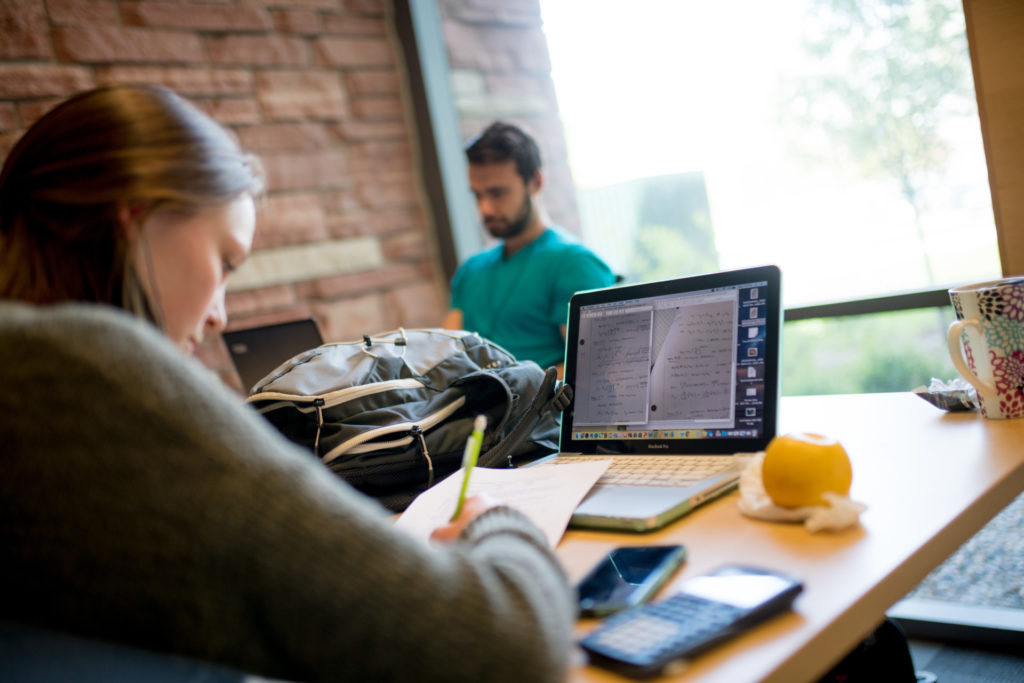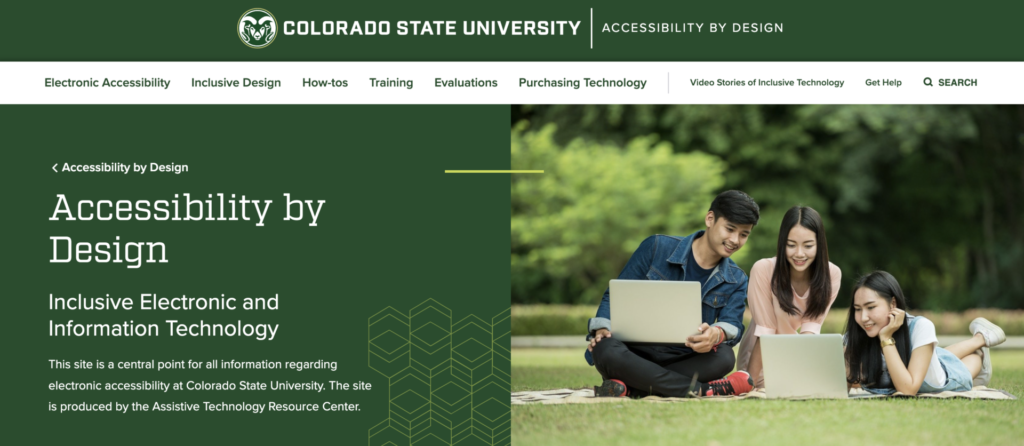
Making a Colorado State University education more accessible for all students doesn’t end in the physical classroom.
The virtual space is just as important, and that’s why the Assistive Technology Resource Center in the Department of Occupational Therapy is offering a new class to help instructors make their electronic materials more inclusive.
“We have all these resources at this University, and everyone should be able to access them,” said Allison Swanson, the assistive technology IT coordinator for the ATRC. “Students taking a course should be able to read all the materials involved, employees should be able to use software that they need for their job. It’s about having everyone on campus be able to do what they’re expected to do.”
Faculty and staff can take CFPD 122: Accessible and Inclusive Electronic Content for free. The ATRC piloted the program over the summer and will offer a fourth session beginning on May 13. Additional sessions will be offered in August and October.
Jane Barber, the events, PR and communications coordinator for the One Health Institute and Data Science Research Institute, regularly designs websites and various communications, and said she took the course because she wanted to make sure her messages were accessible for the estimated 8.5% of adults who use some form of assistive technology.
“In the past, I’ve worked with people with disabilities, and I’ve seen them struggle with the things people without disabilities take for granted,” Barber said. “We have the technology to make things accessible, we just need to use it.”
Course participants are taught accessibility tips and tricks for common software like Microsoft Office and Adobe Acrobat. They’re also taught how to test websites and communications for accessibility.
“For example, making a PDF usable with a screen reader is literally two or three clicks within a program,” said Anna Walker, an assistive technology campus service coordinator with the ATRC. “It’s not a multi-step process: We’re teaching people techniques that are very simple, but can make a world of difference.” The course takes about 10 hours and is asynchronous, presented in a sequence of videos that can be viewed on the participant’s own time. Assignments include hands-on exercises and discussions with other course members. Register through Bridge for the course.
Resources for inclusive design

The ATRC has recently revamped its accessibility website to include a wide array of resources and information about inclusive electronic and information technology on the CSU campus and beyond.
The website features a list of best practices for electronic inclusion, as well as a video series featuring CSU students and staff explaining how accessibility makes such a huge difference to them.
“Those real perspectives put a face to why this is so important,” Walker said. “You see stories of real students and faculty members talking about how the things many people take for granted make such a big impact in their daily lives.”